With the New Year – and decade – upon us, we’ve been reflecting professionally on past work with notable personal meaning. There are many projects near and dear to our heart, but some stand out because of the professional lessons they taught us, and for the contributions we believe they made in their communities.
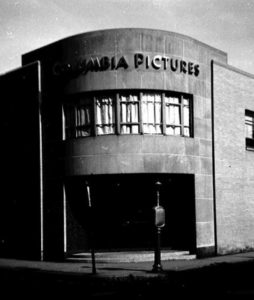
While the firm today is best known for our residential homes, in the 1980s and ’90s much of our work focused on urban restoration and design in Boston. One project with particular meaning is The Columbia Building on Church Street in Boston’s Bay Village.
A corner building designed in the Art Moderne style, 45 Church Street was built in the early 1950s as Columbia Pictures’ Boston headquarters. (At the time, Bay Village was a hotbed for independent films and movie production.) In the early 1990s, our client acquired what was then an empty building and its raw aluminum window frames and curvilinear shape made it aesthetically unique and interesting. The goal was to convert the building to residential condominiums and bring a historically meaningful building back to life.
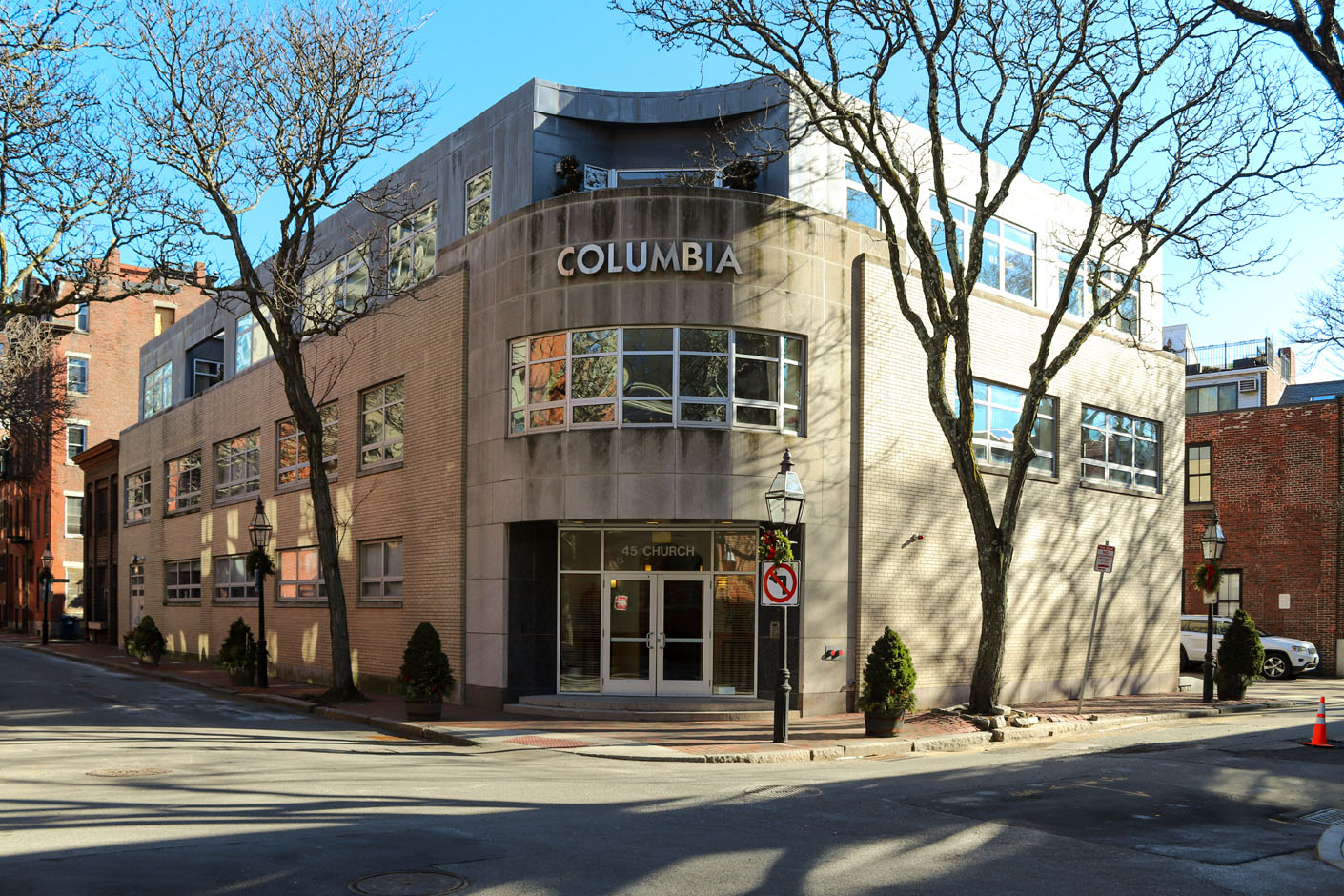
To pay homage to the building’s history, we restored the original Art Moderne façade, maintained the raw aluminum window trim details, and named the restored architecture The Columbia. Inside, we added a floor to the building, created loft-like modern 50s interiors, and upon completion, added a backlit, individually lettered neon sign to the building (a nod to the popularity of neon in the ‘50s) which, when set against the curvilinear façade and recessed entryway, set the building apart.
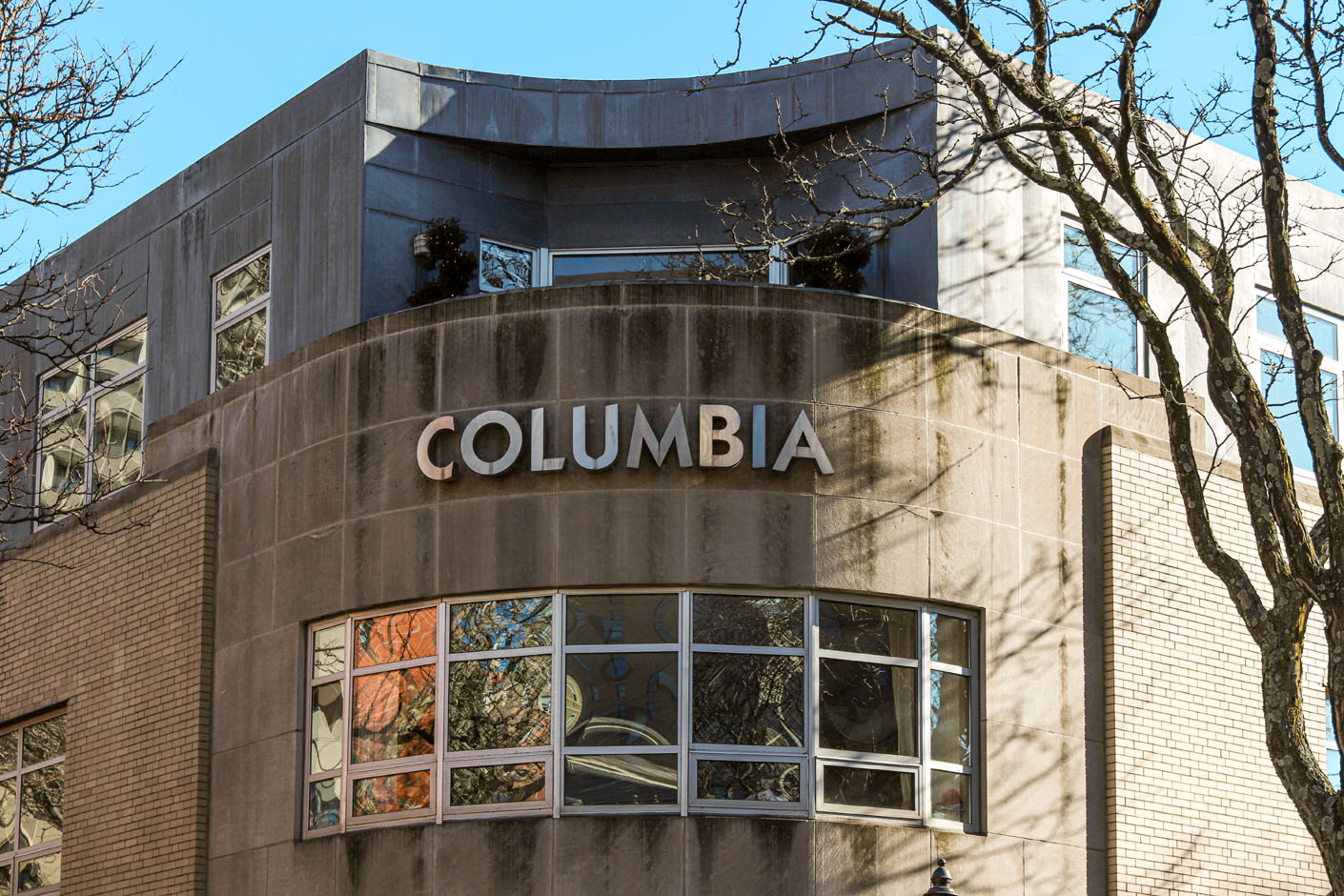
 Fun Fact: Recognizing this was a tight, urban setting (we designed parking in the building’s rear), the developers offered the first buyers a brand new Mini Cooper. Like The Columbia – Mini Cooper was an iconic brand with a distinct design and proved to be an excellent branding partner for the project.
Fun Fact: Recognizing this was a tight, urban setting (we designed parking in the building’s rear), the developers offered the first buyers a brand new Mini Cooper. Like The Columbia – Mini Cooper was an iconic brand with a distinct design and proved to be an excellent branding partner for the project.
This restoration project provided myriad lessons – most importantly, it reminded us of the importance of respecting a community’s history and the value of looking to and learning from the past when designing for the future. These are invaluable lessons that continue to guide our architecture decades later.
Another project we often reflect on is 54 Commonwealth Avenue in Boston’s Back Bay. Once the premier neighborhood of Boston’s wealthy land barons, the 1970s and 80s saw much of Back Bay in disrepair – even abandoned. At the time, this site was an empty parking lot, and we were able to design the first new townhouse built in Back Bay in over a century. We developed the architecture with a New York entryway, which steps down into the ground to a wonderful lobby, allowing us to add a floor to the building (and making the economics of the design more viable). The front façade was a cast stone to simulate limestone with rusticated blocking detail and the structure was designed with concrete, which made it notably quiet and highly desirable.
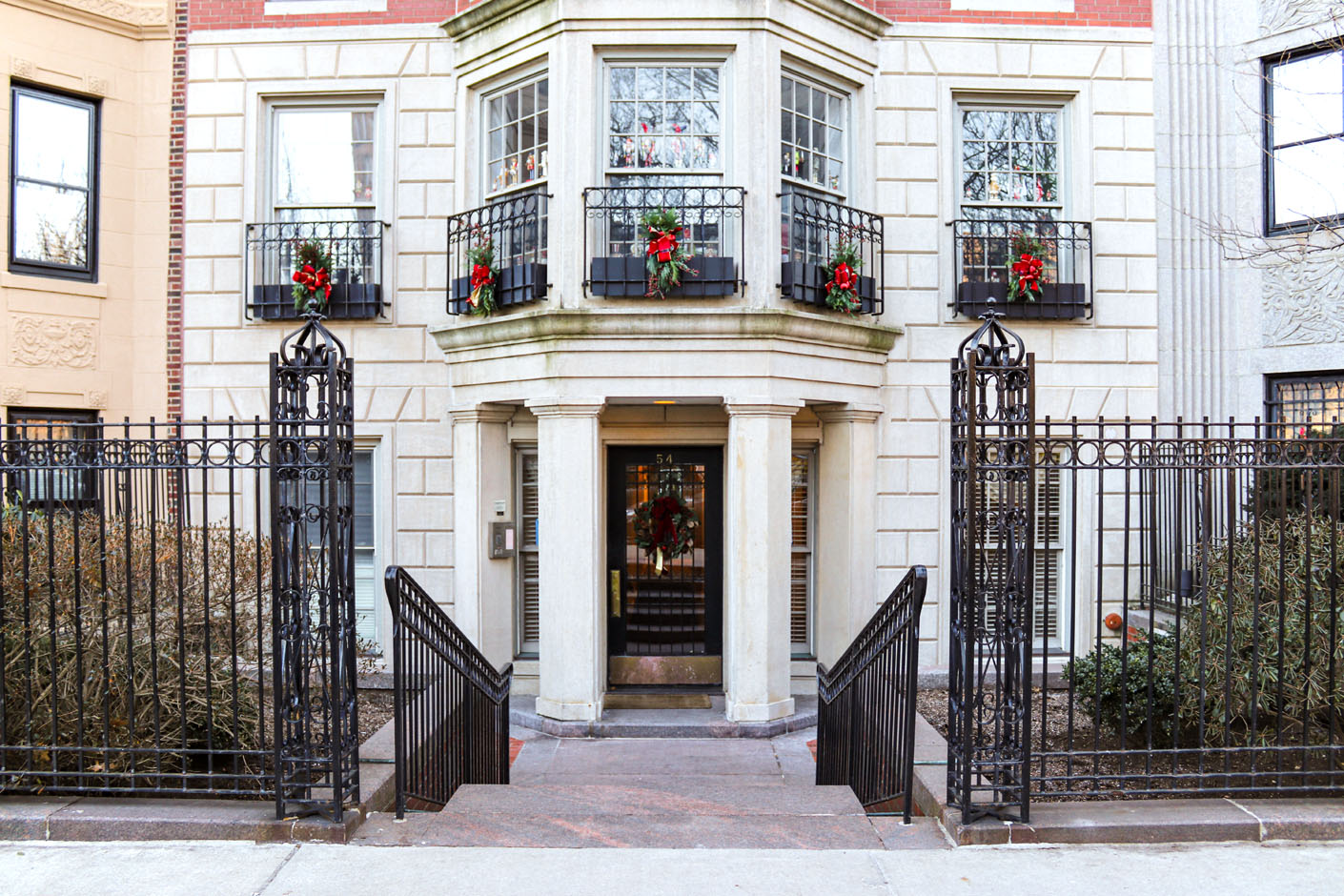
A memorable part of this design journey was having the Back Bay Architectural Commission approve the project in one hearing. This experience – along with over 400 Back Bay projects – taught us how critical it is to have sound design ideas, how to present those ideas in a meaningful way, and the value of overly preparing for presentations. Additionally, and more importantly, these projects taught us the rewards of bringing life back into historic communities. The chance to reinvigorate a neighborhood, to bring back its original character and desirability, taught us the importance of the greater good theory, which guides all of our work today. Creating architecture is not about that single project; it is about how that architecture works within a neighborhood context to positively affect the community as a whole.
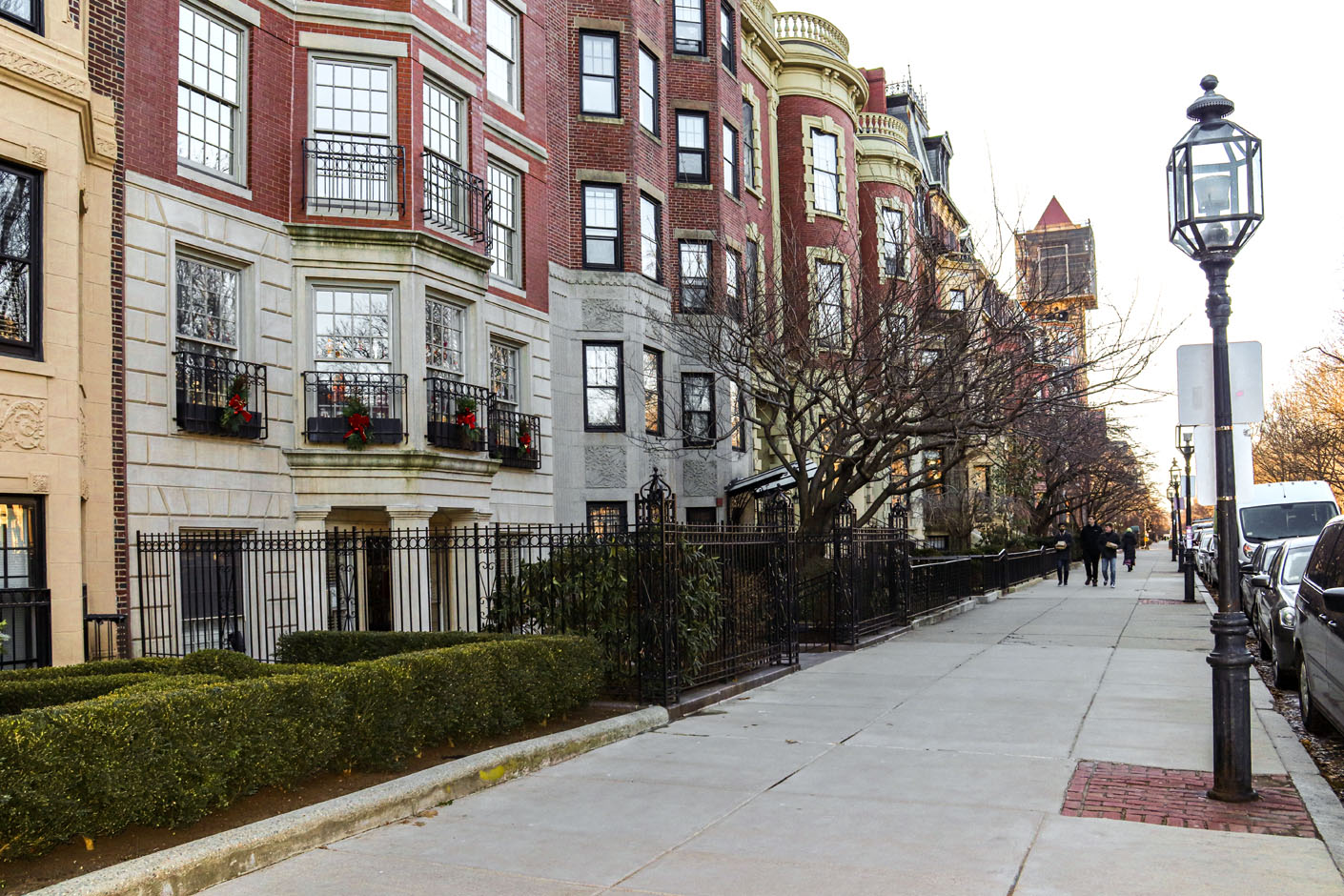
We look forward to an exciting year ahead where we will continue to reference these career lessons and learn from the past to create for the future.
Happy New Year to all!